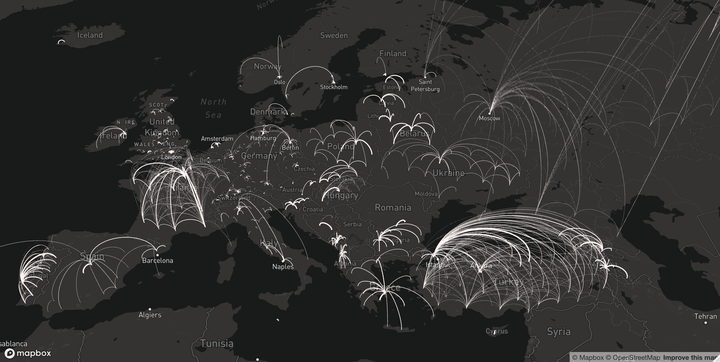Mapping The Spatial Patterns of Internal Migration in Europe

Abstract
Internal migration has replaced fertility and mortality as the primary demographic process shaping the spatial distribution of populations within countries. While a rich comparative literature has examined the intensity, composition and spatial impacts of population movement in Europe, the spatial structure of internal migration flows is less well understood. We present a flow map of internal migration flows within 38 European countries using the most recent data available. The graphic reveals the major role of national capital cities in the internal migration system, and an array of distinctive patterns of internal migration fostering population concentration in northern, central and eastern Europe, and population deconcentration in western and southern Europe.